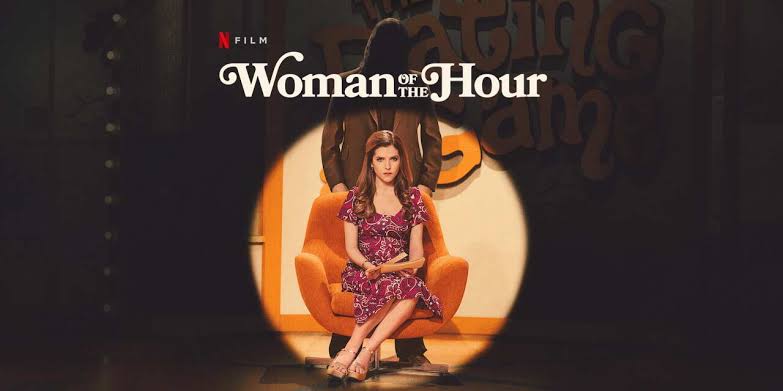Woman of The Hour Netflix: Woman of the Hour, Netflix’s latest true-crime thriller, revisits the shocking story of Rodney Alcala, the serial killer who appeared on The Dating Game in 1978 while committing a series of murders. Directed by and starring Anna Kendrick in her directorial debut, the film dives into Alcala’s disturbing charm and how he exploited society’s blind spots toward misogyny and violence against women. With a storyline blending reality with creative storytelling, Woman of the Hour shines a light on Alcala’s twisted spree and the cultural flaws that let him slip through the cracks. Here’s a closer look at the film’s mix of truth and fiction, its deeper cultural message, and why this thriller has captivated audiences.
The True Story Behind Woman of the Hour
Rodney Alcala, known as “The Dating Game Killer,” shocked America by winning an episode of the popular game show The Dating Game at the height of his killing spree. Alcala was a charming, well-spoken photographer, but beneath the surface, he was already a serial killer with multiple victims. By the time of his Dating Game appearance, Alcala had committed at least three murders, and he continued to kill afterward, leading to suspicions that his victim count might exceed 130 people.
In Woman of the Hour, Kendrick plays Sheryl Bradshaw, a fictionalized version of Cheryl Bradshaw, who appeared as a contestant on The Dating Game in real life and unwittingly chose Alcala as her date. While the film remains close to actual events, certain creative liberties were taken to highlight Alcala’s unsettling nature and the cultural issues that allowed his crimes to go unnoticed for so long.
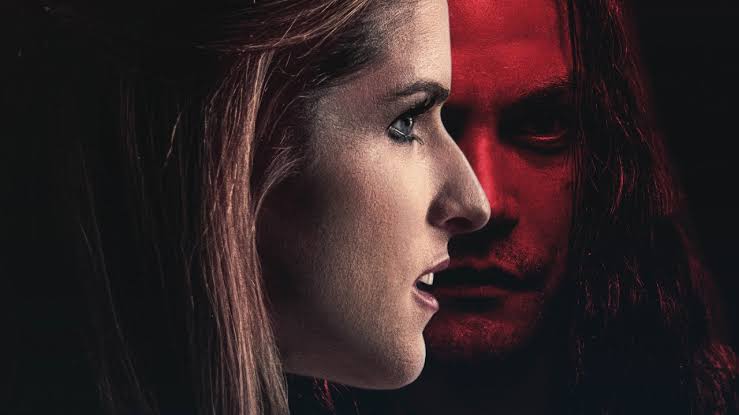
Woman of The Hour Netflix Movie Review
The Date That Never Happened
In the movie, after selecting Alcala, Bradshaw and Alcala share drinks at a dimly lit bar, but she soon feels uncomfortable and cancels their planned trip to Carmel, California. In real life, Alcala was actually “Bachelor Number 1,” not “Bachelor Number 3,” and the date involved tennis lessons and a theme park trip. Additionally, there’s no evidence that Bradshaw ever went out with him after the show. Bradshaw reportedly felt uneasy after meeting Alcala backstage and told the producer she wouldn’t go on the date.
Inventing Characters to Emphasize Ignored Warnings
One fictional element is the character Laura (played by Nicolette Robinson), who recognizes Alcala from her past and attempts to warn others during the taping of The Dating Game. Kendrick explains that Laura is meant to represent the frustration and grief of real-life people who tried, unsuccessfully, to report Alcala. The film uses Laura’s character to symbolize how, even when people voiced concerns, their warnings often went unheard due to systemic indifference.
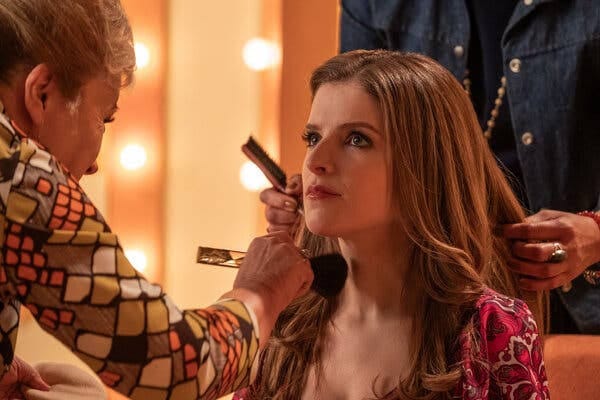
An Imaginative Yet Realistic Portrayal of Sheryl
Sheryl’s character is an imaginative blend inspired by another Dating Game contestant who openly challenged the show’s sexism. Kendrick and screenwriter Ian McDonald incorporate this attitude into Sheryl’s persona, making her both a bold character and a subtle critique of the period’s cultural norms. Her wary reactions to Alcala mirror what many women feel when confronted with “charming” men who set off subconscious alarms.
Woman of the Hour Cast
- Anna Kendrick as Sheryl
- Daniel Zovatto as Rodney
- Tony Hale as Ed
- Nicolette Robinson as Laura
- Pete Holmes as Terry
- Autumn Best as Amy
- Kathryn Gallagher as Charlie
- Kelley Jakle as Sarah
- Matt Visser as Bachelor #1
- Jedidiah Goodacre as Bachelor #2
- Rob Morton as Custodian (George Elliot)
- Dylan Schmid as Mario
- Karen Holness as Gretchen
- Denalda Williams as Marilyn
- Jessie Fraser as Lisa
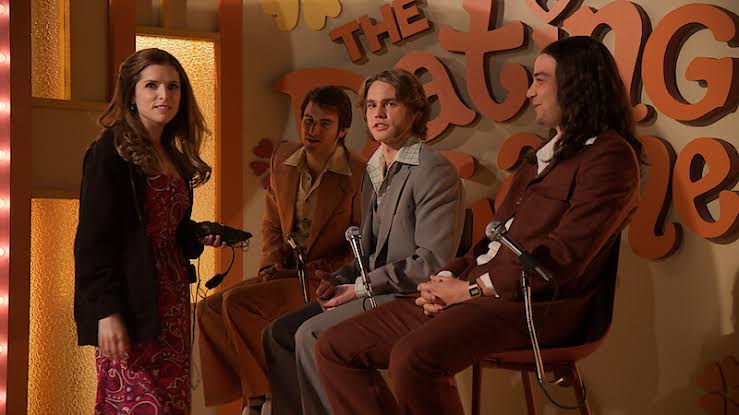
How Woman of the Hour Explores Misogyny and Society’s Role in Crime
Kendrick’s Woman of the Hour goes beyond telling Alcala’s story. The film uses his crimes as a focal point to explore deeper issues of societal misogyny. Kendrick has stated that her directorial aim was to question how a man like Alcala could commit such heinous acts without being stopped. Alcala’s ability to pass as “charming” despite his violent tendencies points to a cultural flaw: society’s tendency to dismiss red flags and women’s discomfort.
Alcala’s story became a starting point for examining how misogyny and negligence allowed a killer to evade justice. In one subplot, Kendrick’s character challenges her self-absorbed neighbor to move around her rather than step aside. This small victory signifies her self-worth and autonomy—a triumph over a culture that typically demands women bend to male needs.
A Disturbing Landscape that Enhances the Drama
Kendrick skillfully integrates California’s arid desert landscapes to symbolize both isolation and resilience. Several scenes depicting Alcala’s crimes feature vast, remote areas where he isolates his victims, adding a layer of tension and sorrow. Kendrick wanted the natural environment to reflect the fullness and potential of each woman’s life before tragedy struck, honoring these individuals beyond their victimhood.
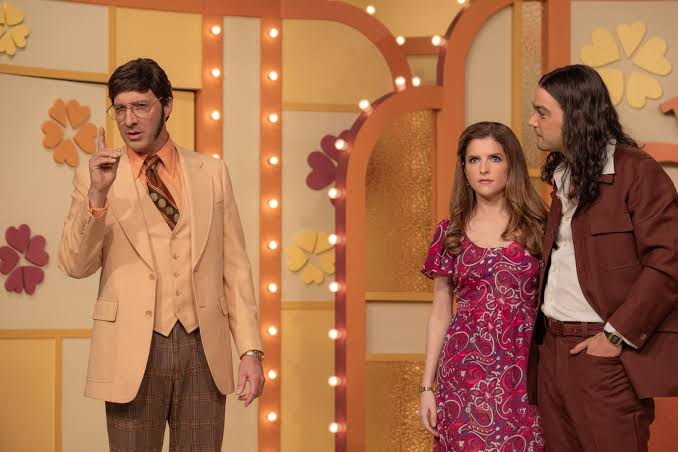
Casting and Performances that Bring the Horror to Life
Daniel Zovatto’s portrayal of Alcala captures the chilling charisma that let him walk undetected through society, shifting seamlessly between a seemingly friendly man and a calculating predator. Zovatto’s nuanced performance conveys Alcala’s true nature, which becomes more unnerving as the audience learns about his crimes. Kendrick’s portrayal of Sheryl, on the other hand, provides a refreshing take on the “survivor” archetype. Her Sheryl is resilient, smart, and cautious, embodying a character with realistic survival instincts.
Alcala’s Arrest and Final Moments in the Film
In Woman of the Hour, Alcala is finally captured after one of his victims, Amy (played by Autumn Best), escapes during a desert drive. The film builds up to this scene, showing Alcala’s unraveling and even a moment of unexpected self-pity. The real-life Alcala, convicted of seven murders, is believed to have killed dozens more. Kendrick’s decision to keep Amy’s escape scene brief mirrors the brevity of Alcala’s punishment in proportion to the extent of his crimes.
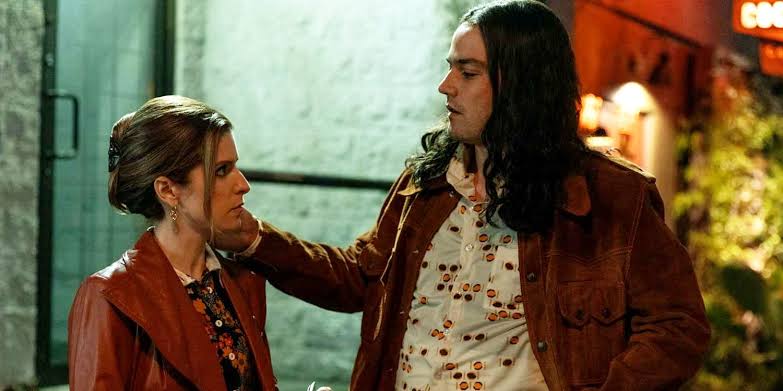
Why Woman of the Hour Resounds Beyond True Crime Fans
Woman of the Hour has resonated with audiences not just for its thrills but for its insightful take on misogyny and cultural complacency. Kendrick’s directorial style emphasizes strong female perspectives, building suspense without glamorizing violence. She masterfully creates characters with realistic responses to Alcala’s behavior, celebrating their survival instincts.
Many fans of true crime will appreciate Kendrick’s decision to forego a lengthy post-arrest story. By ending abruptly, she underscores the reality that, although Alcala was finally caught, countless others continued to fall victim to unchecked predatory behavior.
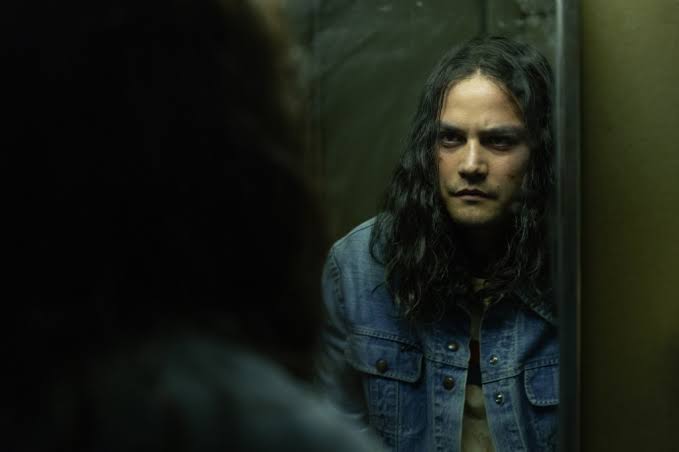
Conclusion
Netflix’s Woman of the Hour offers more than a re-telling of Rodney Alcala’s crimes. It’s an incisive commentary on the culture that enabled his spree, portraying both the horrors of his actions and the fortitude of his survivors. Kendrick’s debut as a director successfully weaves suspense with cultural critique, bringing a fresh, female perspective to a chilling real-life story. For anyone captivated by true crime and keen on insightful storytelling, Woman of the Hour is a must-watch that goes beyond the genre’s typical tropes to leave a lasting impression.

